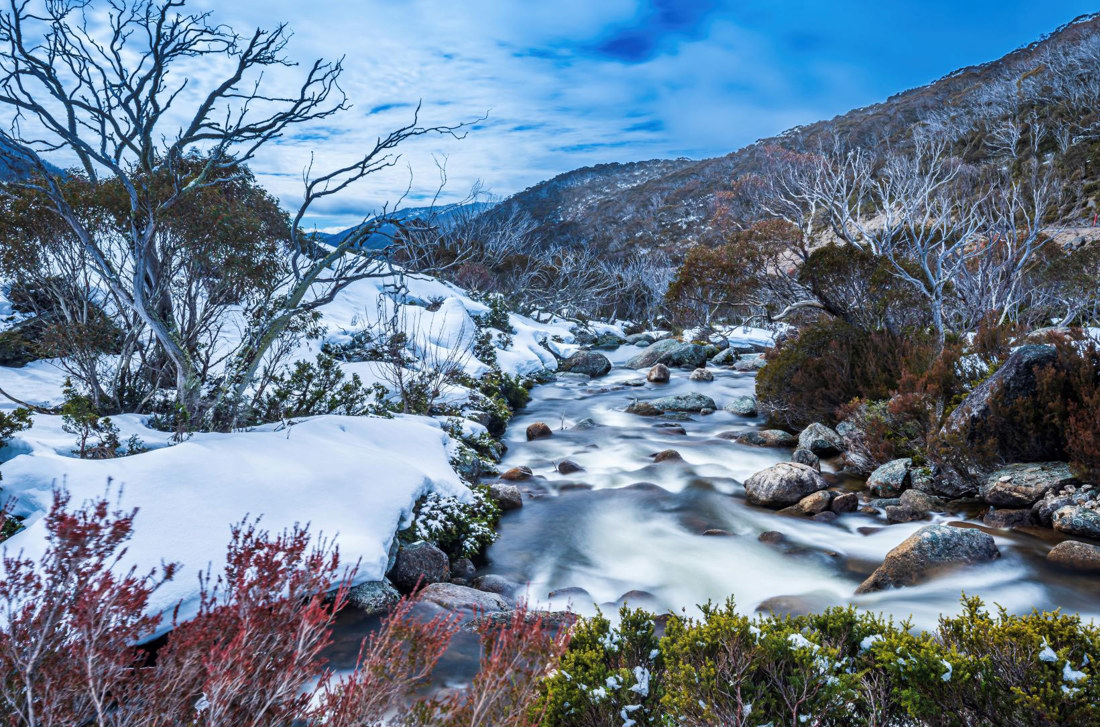Find Out Why Snow In Australia is a Top Destination for Adventure Seekers
Find Out Why Snow In Australia is a Top Destination for Adventure Seekers
Blog Article
Understanding the Importance of Snow in Australia for Agriculture and Tourist
While Australia is typically connected with sun-kissed coastlines and dry outback, it also flaunts a wide range of snowy towering regions. As we investigate this unexpected junction, the prospective impact of changing environment patterns on Australia's snowfall and its succeeding results end up being a compelling emphasis.

The Unanticipated Snowfall: Australia's Alpine Regions
When wintertime capes the world, Australia's Alpine regions put on a white mantle of snow, a phenomenon that appears virtually paradoxical in this dominantly sun-baked land. Unlike the stereotyped picture of Australia as a land of deserts and coastlines, these areas use a gorgeous and unexpected contrast. The Australian Alps, stretching throughout New South Wales, Victoria, and the Australian Resources Territory, obtain even more snowfall than Switzerland. This unforeseen winter months heaven provides a distinct community, providing an environment for a number of indigenous types and a snowy playground for winter season sporting activities lovers. The yearly snowfall, although not as plentiful as in some countries, is a vital aspect of Australia's climate diversity and plays a substantial duty in the nation's agricultural methods and tourism industry.
Winter months's Bounty: Snow's Payment to Australia's Water Resources
Despite its rarity in the more comprehensive landscape of Australia, snow in the Alpine regions plays a critical function in the nation's water resources. Serving as a natural storage tank, the snowpack stores water throughout the cool months, gradually launching it into rivers and dams as it melts in warmer periods. This process makes sure a steady supply of water, helping in the stabilization of the nation's water cycle. This is especially vital for Australia, a continent frequently pestered by droughts. The snowmelt feeds into the Murray-Darling Container, a lifeline for many areas in the southeastern parts of the nation. Without the bounty of winter snow, Australia's water resources would certainly be substantially stressed, influencing both the population and the atmosphere.
White Blanket, Environment-friendly Fields: The Effect of Snow on Australian Agriculture
Although less visible, the influence of snow on Australian farming is substantial. Snowfall in the high nation acts as a natural kind of irrigation, slowly melting and offering a consistent water system to Related Site lower-lying farmland. This water-rich environment cultivates the development of robust crops, adding to the country's farming performance. Snowfall enhances dirt health and wellness by introducing moisture and capturing nutrients, which are slowly launched as the snow thaws. This process enriches the soil, fostering the growth of healthier, more resistant plants. Furthermore, snow cover functions as a safety covering, insulating the ground against severe wintertime temperatures that might otherwise damage plants. Thus, the role of snow in Australian farming is both diverse and vital.

Cold Money: Snow Tourism and Its Economic Importance in Australia
While the worth of snow to Australian farming is usually taken too lightly, its payment to the country's tourist industry is undoubtedly considerable. The snow-laden tops of Australia's alpine areas draw in a flurry of visitors every winter season, contributing millions to the nationwide economic situation. These site visitors take part in a variety of snow-based activities, from skiing and snowboarding to snowshoeing and sledging. The growing snow tourist industry has actually led to the creation of numerous work, from ski trainers to hotel team, bolstering local economies while doing so. Additionally, the revenue created from snow tourist aids fund different infrastructure jobs and vital solutions in these regions - Does Australia Get Snow. Thus, the financial significance of snow tourist in Australia prolongs much beyond the inclines.
Future Projection: Environment Change and Its Prospective Impacts on Australia's Snowfall
As the world comes to grips with the fact of climate change, see this site so as well has to Australia contemplate its possible effects on the country's snowfall. Present clinical designs predict a decrease in Australian snowfall, with potentially serious influence on both farming and tourist. In some areas, the snow period can be shortened by up to 80 days by 2050. Such modifications endanger the feasibility of Australia's ski sector, which contributes substantially to the regional economic situation. In a similar way, much less snowfall could likewise find out here now influence the nation's farming market, as snowmelt plays a critical duty in watering crops. The potential impacts of these changes underline the urgency of environment adjustment reduction efforts, both in Australia and internationally.
Final Thought
In final thought, snow is an essential aspect of Australia's agricultural and tourist sectors. The impending risk of environment adjustment elevates worries about the future of Australia's snowfall patterns, possibly disrupting these considerable financial industries.

When winter season capes the world, Australia's Alpine areas don a white mantle of snow, a spectacle that seems nearly paradoxical in this dominantly sun-baked land.Despite its rarity in the wider landscape of Australia, snow in the Towering regions plays a vital function in the country's water resources. Without the bounty of winter months snow, Australia's water resources would be dramatically strained, impacting both the populace and the environment.
Hence, the economic importance of snow tourism in Australia expands far beyond the slopes.
In final thought, snow is a crucial element of Australia's agricultural and tourist sectors. Does Australia Get Snow.
Report this page